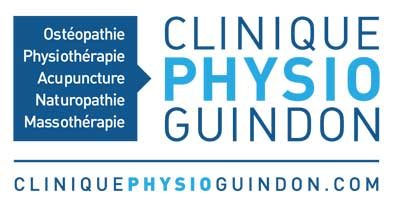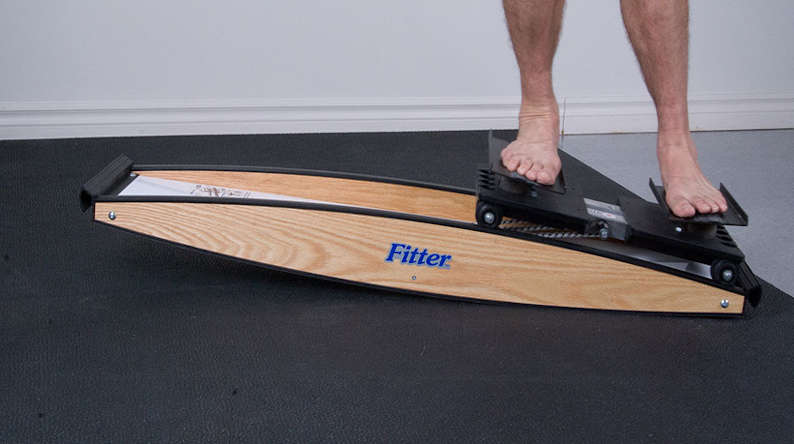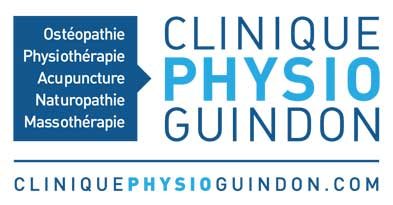First, what is neuro-proprioceptive taping?
These are the colored bands that you see on professional and amateur athletes. Generally, they are affixed to a part such as the knee or the shoulder or others.
It is obvious from the layout of the bands that they are not there to provide support like traditional taping would. So what are they for and are they effective? These bands work differently than the athletic taping we know. They were designed by Dr. Kenso Kase in the 1970’s in Japan.
They would have been used at the Olympic Games for the first time in 1988. They are not intended to provide support to the structure but act on the muscles underneath the bandages by promoting blood circulation, decreasing inflammation and promoting recovery.The colour system corresponds to a variation in the rigidity of the bandage. Thus, the use of different colors would allow a better “decompression” by lifting the skin. But you have to be careful. Too tight an application and blood flow can be decreased which is the opposite of what these strips are intended to accomplish.
There would also be the sense of tapping that changes the information the brain receives from that part, which in turn changes the information sent to the muscles and nerves. There would be positive effects, especially in terms of pain perception. These strips, once applied, can last up to five days.
The conditions that benefit from the use of the strips are: epicondylitis, tendinopathies, periostitis, sprains, plantar fasciitis, patellofemoral syndromes, muscle spasms and many others… It is important to remember that the purpose of this system is not to support a part of the body, but to activate the self-healing of that part.
Some physiotherapists may use these strips as part of their treatment plan. But others will use strengthening, balancing and/or power exercises to aid healing and increase stability of the injured joint. If greater stability is to be achieved, traditional taping or a brace may be recommended. This is really a matter of preference on the part of your professional, and the type of injury will also play a role.If you have any questions or comments about this product, please feel free to contact us.







